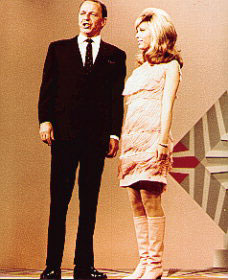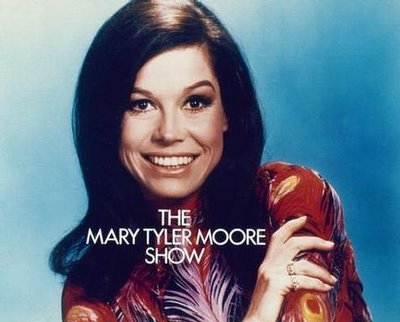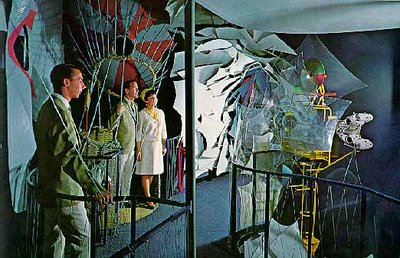 La Ronde
La Ronde was one of the most popular sections of Expo 67, attracting 22.5 million visitors in 1967. Though Expo 67 was designed to be dismantled at the end of it's 6-month run,
La Ronde had been intended as a permanent Montreal attraction that would last beyond Expo. Indeed, L
a Ronde has been thrilling visitors for almost 40 years now...

Popular sections of the park included
Fort Edmonton, an "old West" town sponsored by the city of Edmonton. Visitors could have their hair cut, have their picture taken behind bars, or relax and have a drink at the Golden Garter Saloon. It was in this section that the popular log flume ride,
La Pitoune, was found. The aquatic roller coaster still exists
today, one of the most popular of
La Ronde. An estimated 20 million people have been on it since 1967!
 La Ronde
La Ronde had an impressive collection of the latest in amusement park rides, the star attraction being the
Gyrotron. The Gyrotron was a huge pyramid of metal scaffolding, reminding me of the exterior of the
U.S. or the
Netherlands pavilions. The ride promised to be a thrilling adventure first through space and then down to the core of the earth. Unfortunately, the ride had to be slowed down due to safety concerns, and was a little less thrilling than promised...
 La Ronde
La Ronde's cable car system, called the
Sky Ride,
offered visitors a convenient means of crossing the park. A cable car station was intentionally located near the entrance of
La Ronde, to help disperse the thick crowds. The ride has been dismantled in recent years, but I remember riding on it as a kid when visiting La Ronde. It was one of my favorite rides, offering a magnificent view of the park.


The
Garden of Stars was a 1500 seat theatre that held teen-age activities during the day, and Las Vegas-like revues at night. The building still exists today and even the interior (complete with cheesy brown and orange carpeting) has been mostly unchanged since Expo 67...

A
Children's World section, devoted to kids aged 4 to 9 years, offered rides inspired by the "Tales of Mother Goose". Three of the original rides are still in operation: a
miniature roller coaster, a
water journey in a tub, and an
old-time train ride.
The
La Ronde theme park is the only part of Expo 67 in existance today that still serves it's original purpose. I go
every summer, and imagine myself visiting Expo 67...
To see photos of my trip to
La Ronde on August 15, 2006, click
here.
 images: from top: (1) author's own, (2) FOS productions,(3) alamedainfo.com (4) naid.sppsr.ucla
images: from top: (1) author's own, (2) FOS productions,(3) alamedainfo.com (4) naid.sppsr.ucla
(5) alamedainfo.com (6) author's own
(7) FOS productions (8) alamedainfo.com
 Of course, I love the original Expo 67 logo, but when I stumbled upon this one on the website of a Space:1999 fan, I flipped out... Turns out that a childhood visit to Expo 67 was the pivotal point in that fan's love of all things retro-futuristic...
Of course, I love the original Expo 67 logo, but when I stumbled upon this one on the website of a Space:1999 fan, I flipped out... Turns out that a childhood visit to Expo 67 was the pivotal point in that fan's love of all things retro-futuristic...



































